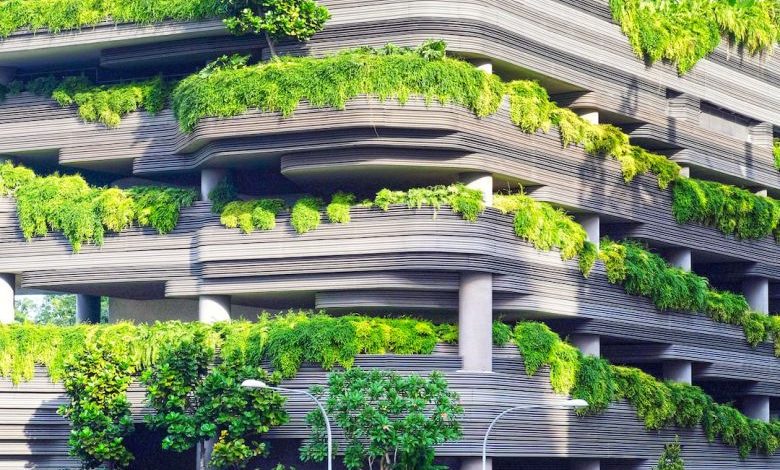What Are the Benefits of a Green Building?

Green buildings have been gaining popularity in recent years as more people recognize the importance of sustainable living. These eco-friendly structures are designed to have a minimal impact on the environment, while also providing numerous benefits to the people who live or work in them. From reducing energy consumption to improving air quality, green buildings offer a range of advantages that make them a smart choice for both individuals and communities. In this article, we will explore some of the key benefits of green buildings and why they are worth considering.
Reduced Energy Consumption
One of the most significant benefits of green buildings is their ability to reduce energy consumption. These structures are built with energy-efficient materials and systems, such as insulation, solar panels, and LED lighting. By using less energy for heating, cooling, and lighting, green buildings help to lower utility bills and decrease reliance on fossil fuels. Moreover, the reduced energy consumption also contributes to a decrease in greenhouse gas emissions, helping to combat climate change and promote a cleaner environment.
Improved Indoor Air Quality
Green buildings prioritize the health and well-being of their occupants by focusing on indoor air quality. These structures are designed to minimize the use of toxic materials and chemicals that can negatively affect air quality. Additionally, green buildings incorporate ventilation systems that ensure a constant supply of fresh air, reducing the risk of respiratory problems and improving overall comfort. By providing a healthier indoor environment, green buildings contribute to increased productivity and better quality of life for their occupants.
Water Efficiency
Water scarcity is a pressing issue in many parts of the world. Green buildings address this problem by incorporating water-efficient features, such as low-flow fixtures, rainwater harvesting systems, and greywater recycling. These measures help to reduce water consumption and conserve this valuable resource. By implementing water-efficient practices, green buildings not only contribute to water conservation but also help to lower water bills for their occupants.
Improved Waste Management
Traditional buildings generate a significant amount of waste during construction and throughout their lifespan. Green buildings, on the other hand, prioritize waste management and reduction. These structures incorporate strategies such as recycling construction waste, using sustainable materials, and implementing waste reduction programs. By minimizing waste generation and promoting recycling, green buildings help to reduce landfill waste and promote a more sustainable approach to construction and living.
Enhanced Thermal Comfort
Green buildings are designed to provide optimal thermal comfort for their occupants. Through the use of insulation, energy-efficient windows, and shading devices, these structures maintain a comfortable indoor temperature year-round. By reducing the need for excessive heating or cooling, green buildings not only improve comfort but also save energy and reduce utility costs. The enhanced thermal comfort offered by green buildings contributes to a healthier and more enjoyable living or working environment.
Positive Impact on Health and Well-being
Living or working in a green building can have a positive impact on the health and well-being of its occupants. These structures promote physical health by providing cleaner indoor air, natural lighting, and access to green spaces. Additionally, green buildings contribute to mental well-being by creating a connection to nature, reducing stress, and improving overall satisfaction. The focus on occupant health and well-being makes green buildings an attractive option for those who prioritize a healthy and sustainable lifestyle.
Conclusion: A Sustainable Future
Green buildings offer a range of benefits that make them an attractive choice for individuals and communities alike. From reducing energy consumption and improving indoor air quality to promoting water efficiency and waste reduction, these structures provide numerous advantages. Additionally, green buildings prioritize occupant health and well-being, creating a healthier and more sustainable living or working environment. As we strive towards a sustainable future, green buildings play a crucial role in minimizing our impact on the environment and creating a better world for generations to come.




